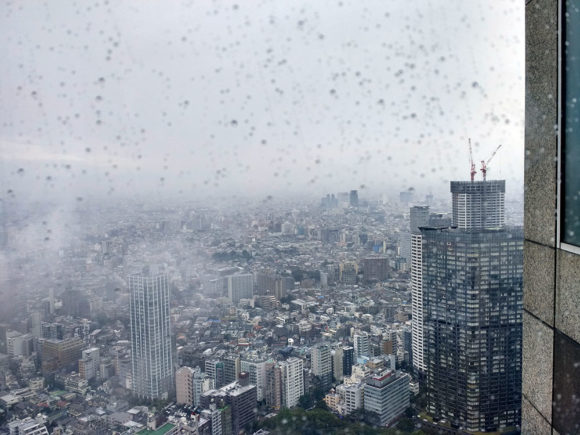
The famous Tokyo Tower view
I was remiss not to post a link to a Morgan Stanleys Ideas podcast that I featured on. Head to the website to listen to the episode “Shopping for the Future”, in which the authors try to understand what modern retail can learn from Japan. I start to speak at around 7:00.






